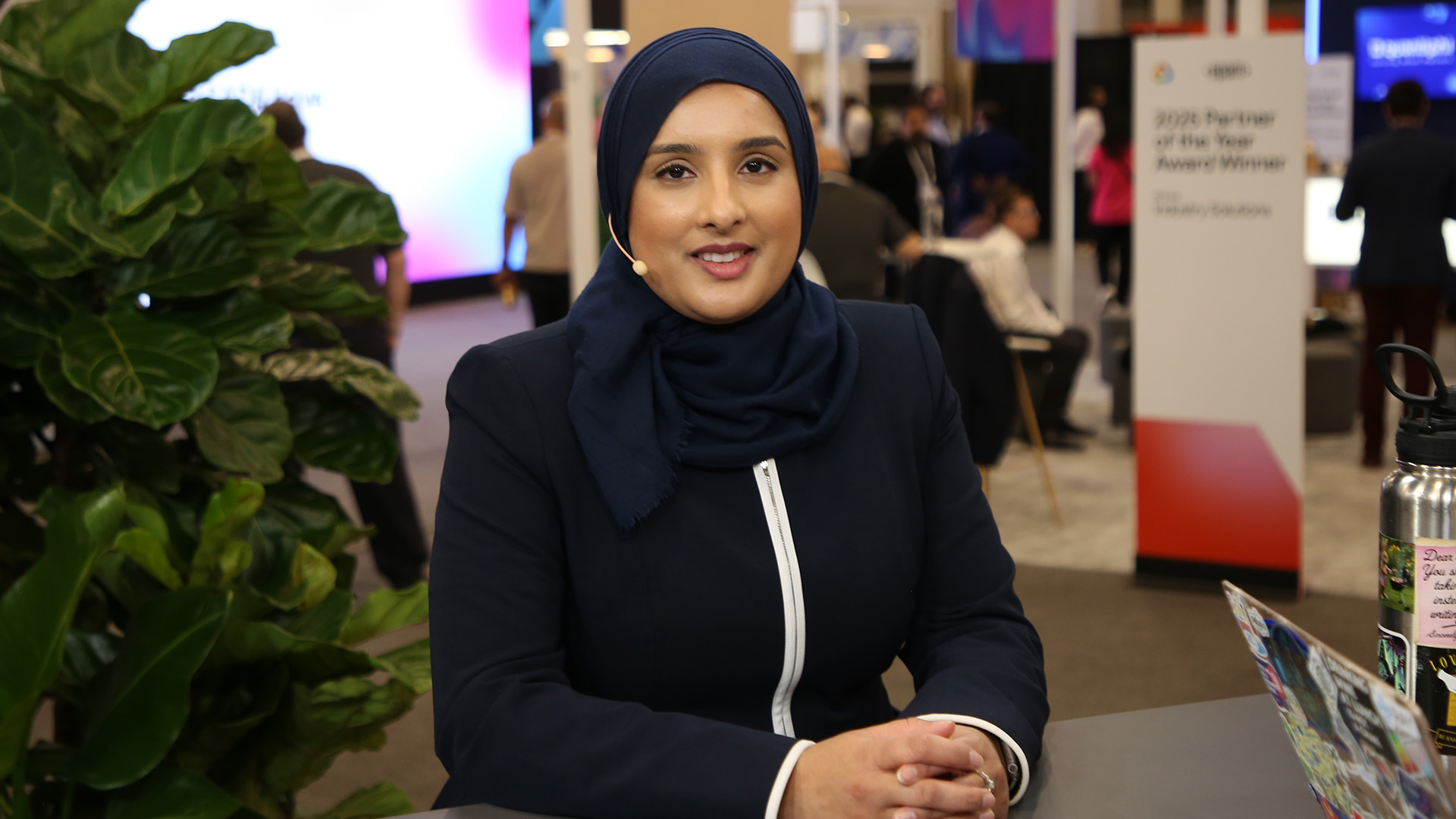 AI
AI
 AI
AI
 AI
AI
The enterprise’s data obsession has reached a fever pitch — and justifiably so. Companies increasingly harness their pooled data for use cases such as artificial intelligence and advanced analytics.
For its part, Google LLC’s strategic decision to unify data and AI enables businesses to run multimodal AI across vast, varied datasets without complex engineering work.

Google’s Yasmeen Ahmad discusses the data/AI unification in BigQuery.
“Last year, we announced the unification of a number of services into BigQuery, including data, governance, AI and streaming,” said Yasmeen Ahmad (pictured), managing director of data analytics and AI at Google. “That was that first step into a unified platform with all of these capabilities. We’ve taken it a step further this year to now truly unify data and AI together. One of the key things we heard from customers is that AI bolted onto data systems doesn’t work.”
Ahmad spoke with theCUBE’s Dave Vellante and Savannah Peterson at Google Cloud Next, during an exclusive broadcast on theCUBE, SiliconANGLE Media’s livestreaming studio. They discussed data and AI, as well as Google’s innovation roadmap, specifically pertaining to BigQuery. (* Disclosure below.)
Historically, AI is typically bolted onto existing data systems, causing inefficiencies and requiring data duplication. Google is flipping that script: bringing AI directly to the data through BigQuery.
“We are seeing a huge number of gen AI multimodal use cases now over multimodal data in BigQuery,” Ahmad said. “It’s only because we are making it so easy to work with all of these different types of data, whether in an open data format or a managed storage service from BigQuery.”
Another leap forward is the introduction of agentic AI and the autonomous data foundation, which automates traditionally manual tasks such as metadata generation, cataloging and anomaly detection. Google introduced new AI agents — including the Data Science Agent, Data Engineering Agent and Conversational Analytics Agent — which interact naturally with users and reduce the need for deep technical expertise, Ahmad explained.
“As customers bring a lot of multimodal data to BigQuery, and overall our BigQuery BigLake services, we don’t want them to have to be thinking about managing data,” she said. “Instead, we want them to be able to interact with some of our agent capabilities on the top layer that allow them to drive insights.”
Here’s the complete video interview, part of SiliconANGLE’s and theCUBE’s coverage of Google Cloud Next:
(* Disclosure: Google Cloud sponsored this segment of theCUBE. Neither Google nor other sponsors have editorial control over content on theCUBE or SiliconANGLE.)
Support our mission to keep content open and free by engaging with theCUBE community. Join theCUBE’s Alumni Trust Network, where technology leaders connect, share intelligence and create opportunities.
Founded by tech visionaries John Furrier and Dave Vellante, SiliconANGLE Media has built a dynamic ecosystem of industry-leading digital media brands that reach 15+ million elite tech professionals. Our new proprietary theCUBE AI Video Cloud is breaking ground in audience interaction, leveraging theCUBEai.com neural network to help technology companies make data-driven decisions and stay at the forefront of industry conversations.